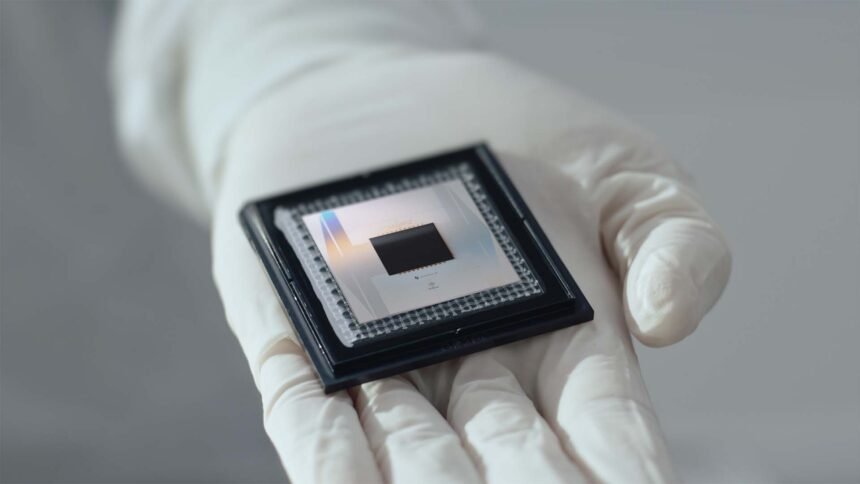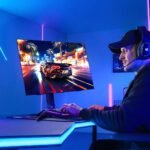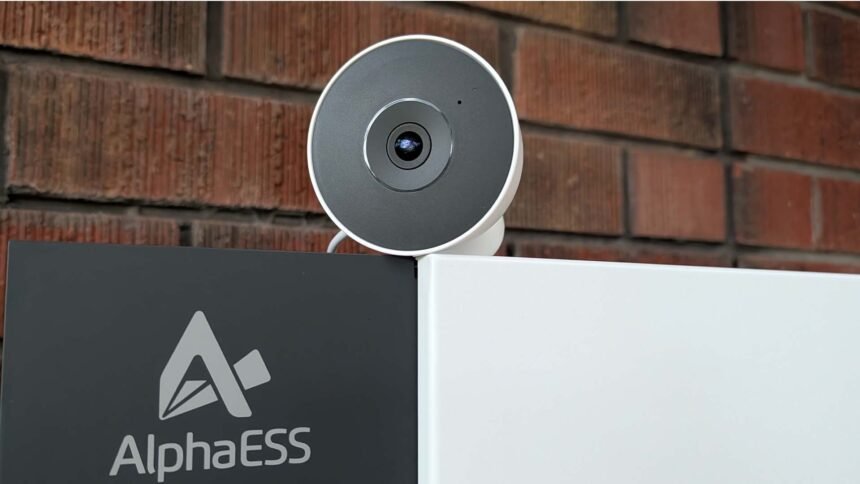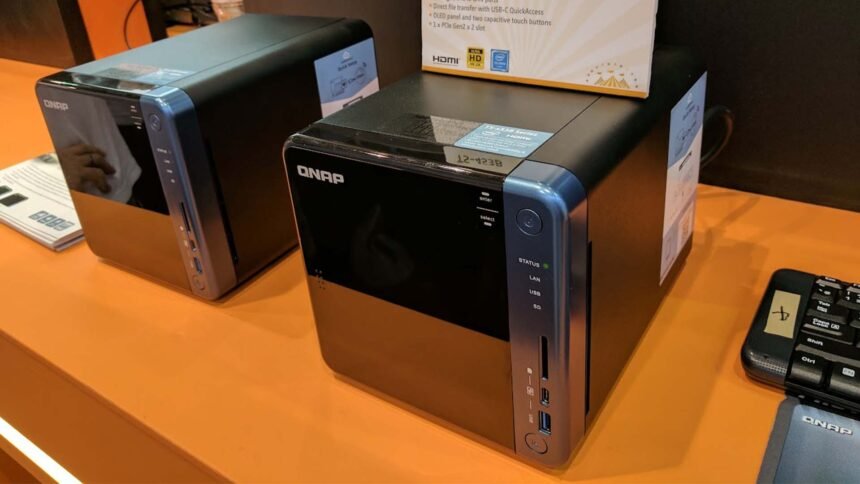Google has announced a significant leap in quantum computing, moving the technology from a theoretical promise toward real-world applications. Using their novel algorithm, “Quantum Echoes,” on the Willow quantum chip, they’ve achieved two critical firsts. The system solved a complex problem—calculating the structure of a molecule—13,000 times faster than the fastest classical supercomputer. Crucially, this is the first time a quantum computer has delivered a result that is not only faster but also verifiable, meaning the answer is reliable and can be reproduced by other quantum systems of similar capability. This verifiable advantage is a foundational step toward turning quantum experiments into practical, dependable tools.
How the ‘Quantum Echoes’ Work and Why it Matters
The Quantum Echoes algorithm is based on a complex concept known as the Out-of-Time-Order Correlator (OTOC). You can think of it like a highly sophisticated sonar. A carefully constructed quantum signal is sent into the system’s qubits, a single qubit is disturbed, and then the process is precisely reversed to listen for the returning “echo.” This quantum echo is special because it’s amplified by constructive interference, a phenomenon where quantum waves combine to become stronger. This makes the measurement incredibly sensitive and precise, allowing the system to model the intricate interactions of atoms and particles. The Willow chip, with its extremely low error rates, was essential for achieving this unprecedented precision and speed.
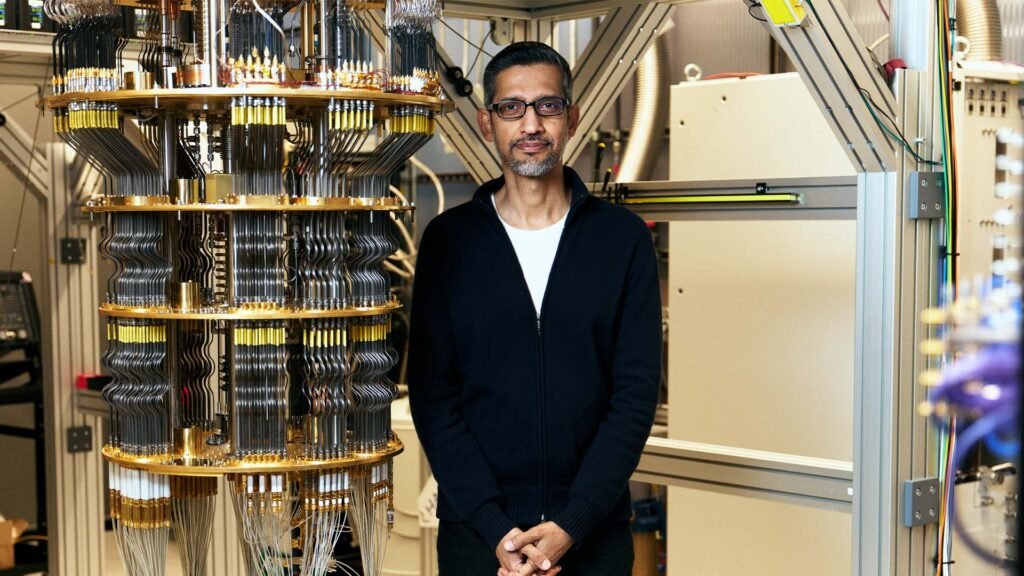
A New Tool for Science: The ‘Quantum-Scope’
This new capability acts like a powerful new microscope, a “quantum-scope,” for seeing the structure of matter. This allows scientists to accurately and quickly model molecules, which will dramatically accelerate progress in fields that impact everyone. Specifically, the technique enhances current technology like Nuclear Magnetic Resonance (NMR), the science behind MRI.
The quantum-enhanced method acts as a “molecular ruler,” capable of measuring longer distances between atoms and revealing molecular information not typically available through traditional means. The ability to model the shape and dynamics of molecules quickly and accurately is foundational for rapid drug discovery and designing next-generation materials for batteries, solar panels, and other advanced technologies. This demonstration marks a key milestone, proving that quantum computers can now reliably solve major scientific challenges that were previously out of reach.

